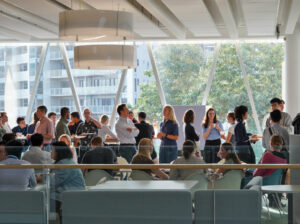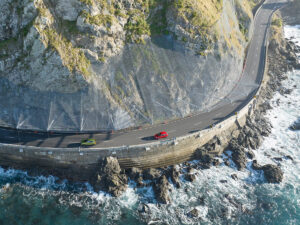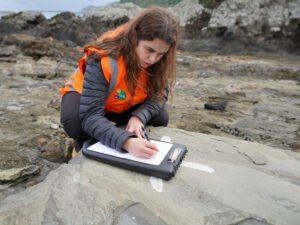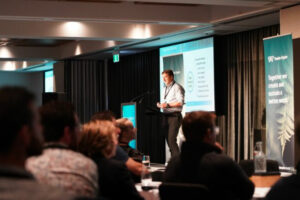14th Australia & New Zealand Young Geotechnical Professionals Conference, Rotorua, 2022
Communication and interaction between the project structural and geotechnical engineers are critical to obtain an efficient building solution for the site, building owner and occupants. This is particularly important at concept development phase when building form and type is being assessed. This paper provides a case study of soil-structure interaction and the holistic concept development of a four-storey apartment type building and concrete raft foundation overlying potentially liquefiable soil. Show more…It examines how a lightweight structure can have benefits from a sustainability, seismic performance, and overall cost perspective. The site comprised liquefiable soils approximately 3 m below foundation level. The Structural Engineer and Geotechnical Engineer worked together to examine the seismic and sustainability performance of a robust reinforced concrete raft foundation for three potential superstructure types: timber, reinforced concrete and steel. For simplicity, this paper presents the two maximum and minimum structural types for seismic performance and sustainability, being reinforced concrete and timber. It was established that the seismic performance of a lightweight timber structure was significantly improved compared to a conventional concrete structure. As a result, the timber structure option only required a 400 mm thick concrete raft. Whereas the conventional concrete structure option required a 900 mm thick concrete raft with poor seismic performance, and potential for additional ground improvements. It was also assessed that the timber structure option had significantly less embodied carbon compared to a conventional concrete structure. A major contribution to this was the differences in the concrete raft thickness. The improvement in foundation design, improvement in seismic performance, and reduction in embodied carbon contributed to the building owner’s selection of the timber structure concept and avoided the need for expensive ground improvement.Show less…














